Standard Bannings: New and Old

Wizards' most recent Banned and Restricted announcement went up on October 10th saw bans in both Standard and Modern. Many Magic the Gathering players talk about the halcyon days where bans rarely occurred, but with the current release schedule of current-day Magic as well as creeping power levels, bans are simply a part of the Magic ecosystem. In honor of the most recent Standard bans, I want to take a short look back and discuss bannings in Standard.
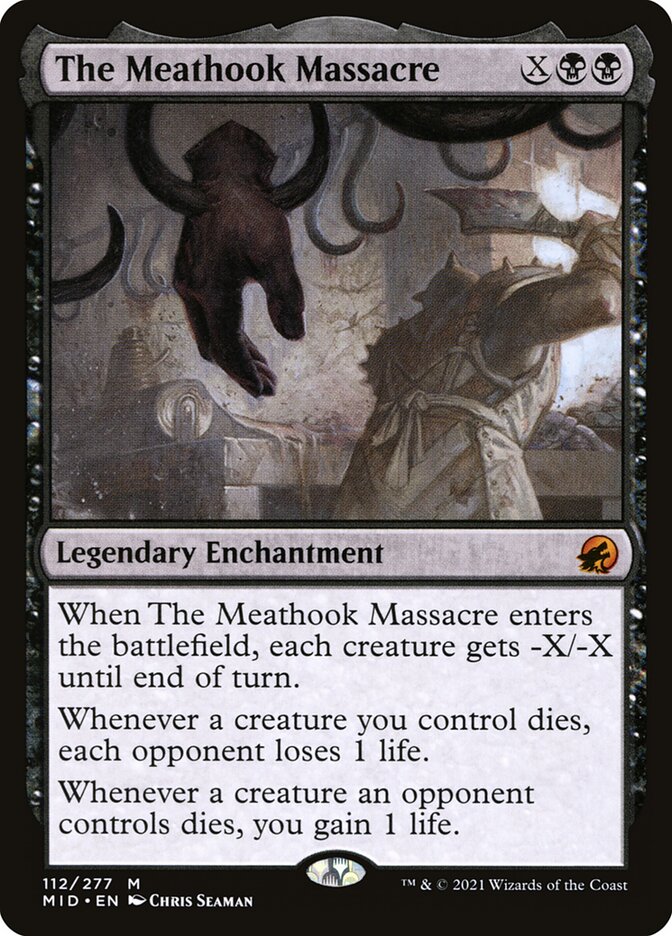

The Meathook Massacre was a Standard all-star from the moment it was printed. Even before Black decks were a majority in Standard, Meathook was pulling its weight. On top of being a powerful removal spell that kills through -1/-1 counters, the rider tended to make many comebacks possible due to the life swing alone. This enabled more mid-range and control shells to utilize Meathook as a win-condition, on top of the value the card presents. This becomes a bit of a recurring trend- banned cards typically have small effects tacked onto larger ones, and these additional effects are enough to tip a card's power into oppressive or repetitive categories. A more recent example would be the Growth Spiral ban from WAR. The card was cheap and granted some value to landfall lists, but the addition of a drawing a card enabled the deck to become a bit too consistent.
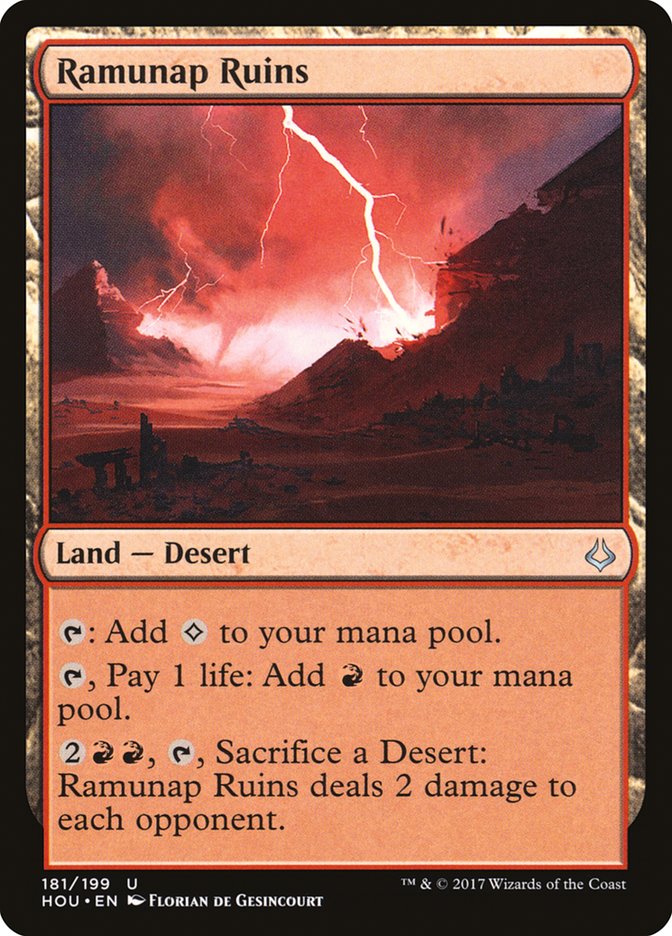

Another case that forces a card to eat a banning is if the card itself is too rewarding when following the gameplan of the deck. This seems a little ridiculous: all cards should be rewarding when your gameplan is underway. However, you usually need some amount of effort to enable your payoffs- either in deck construction or in piloting. Ramunap Ruins was banned in January of 2018 for simply being too good when doing the things mono-red wants to do: burn face. The card seems innocuous enough, but was a key part to closing out Red Burn matches by being an uncounterable finisher for turn four onward. As we’ve discussed prior, mono Red decks try to win by turn four, and the ability on Ramunap Ruins would grant an extra layer of consistency for no real cost outside the mirror. The card was basically a Mountain that closed out many of the games where your burn runs short. For a more modern and more egregious example, look at Omnath, Locus of Creation. This card just gives you more value on top of the landfall shell it fit perfectly in. The color restrictions are lessened due to the number of lands you’re fielding, and the value it generated ensured that any time taken off to secure your landfall enablers would pay out big.
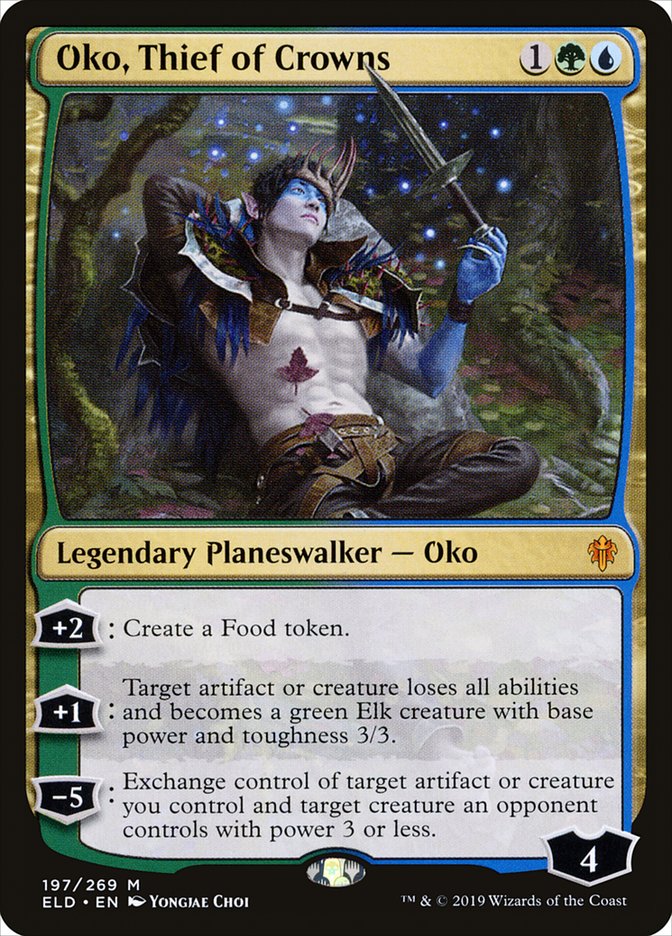
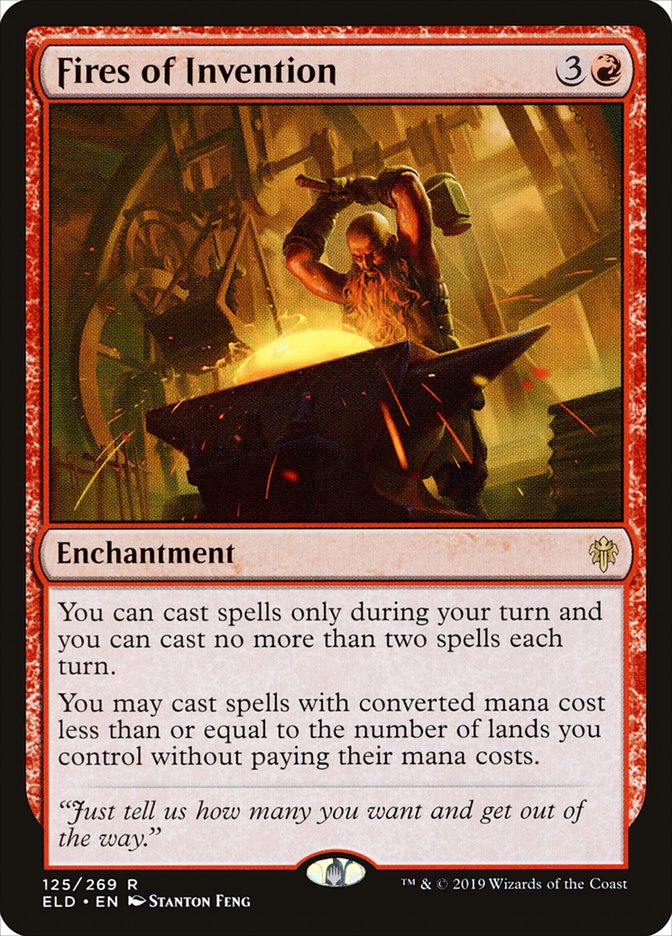
Though, when people think of bans, its hard not to talk about Throne of Eldraine. There’s been an elephant-turned-into-an-elk in the middle of the room for this entire article. Oko, Thief of Crowns, Fires of Invention, Escape to the Wilds, Cauldron Familiar, and Lucky Clover are just some of the problem cards that created their own problem decks. Eldraine was easily the biggest mass of overpowered standard cards since Urza’s block: a set famous for nearly getting members of R&D fired for the number of bans required. The cards in Throne of Eldraine caught bans outside of standard too, with Once Upon a Time being too powerful for Modern and Pioneer. There’s lots of breakdowns on why each of these cards were banned: each card sans Oko had their own deck, while Oko was in every deck that ran his colors. However, the overarching pattern was obvious: the set was too powerful, the cards were too warping, and as such Standard entered into an era of constant bans and tweaks and adjustments.

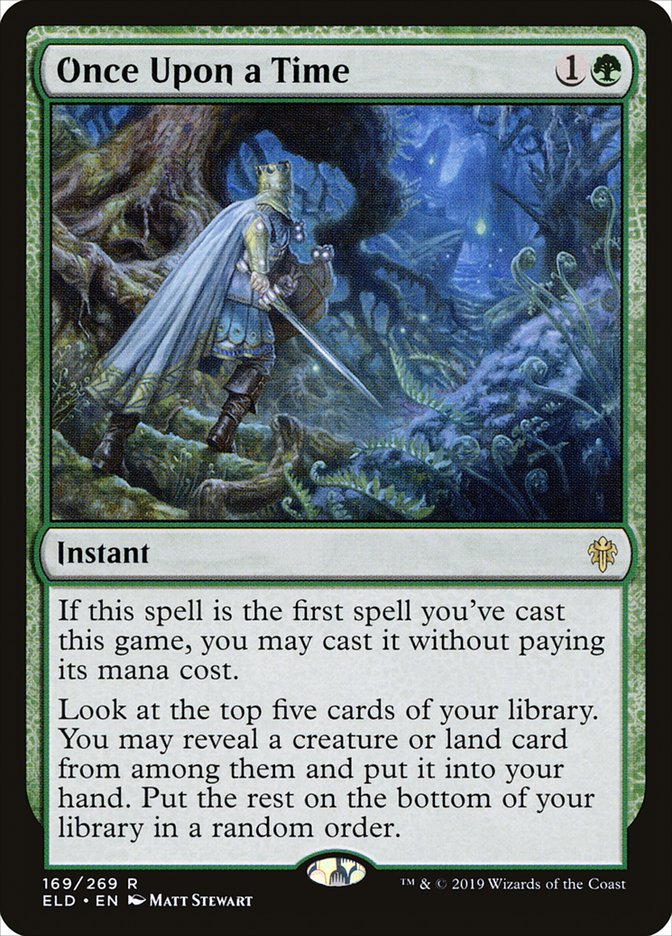
For a time, Magic was a game with little bans, ensuring that the expensive decks that players would create would be here to stay. Though, with Wizards current design philosophy regarding new cards, it has to be accepted that sometimes they’ll need to address formats with bans. Standard has many more interesting ban stories, and though they’ve become more common, I don’t think that they’ve negatively affected Standard as much as others fear. Bans are a fact of life for many card games, and I’d much rather see interesting designs hit the printers and later eat a ban than those designs never come to light.










